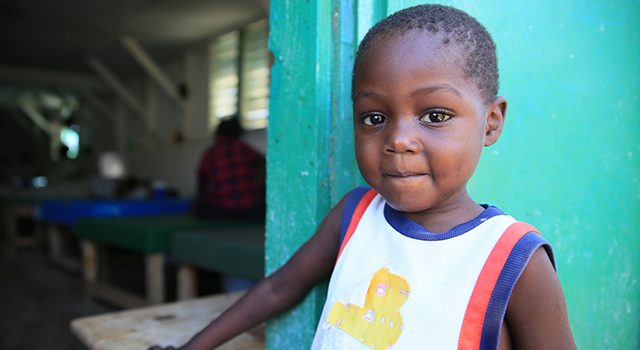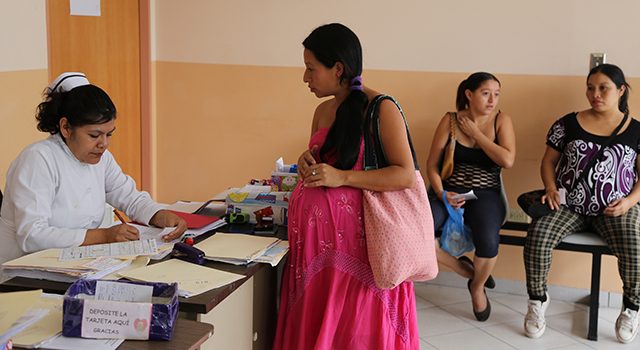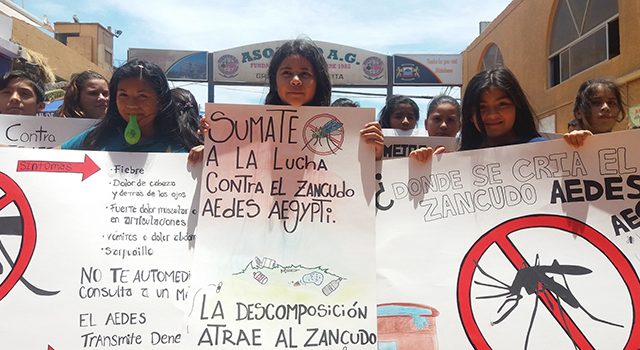Healthy Cities Action Toolkit
healthycitytools.org
The aim of this Toolkit is to provide guidance for taking action in promoting healthy municipalities, cities, and communities. It provides recommended actions and questions to consider, examples, and resources to help those working to promote health, well-being, and equity. Click on any of the circles below for supports in implementing each aspect of the Action Cycle: Engage, Assess, Plan, Act, Evaluate, and Communicate & Celebrate.
The Orientation content provides information on Promoting Healthy Cities in the Americas; Guidance for Building Healthy Municipalities, Cities, and Communities; and links to Resources for Addressing Some Health Issues and Policy Actions.
Orientation
Promoting Healthy Cities in the Americas
In the Americas and worldwide, people are working to build healthier municipalities, cities, and communities. A Healthy Municipality is one that is committed to the promotion of health, well-being, and …
Guidance for Building Healthier Municipalities, Cities, and Communities
A local Healthy City effort aims to achieve better conditions for health and wellbeing for all. Working with municipal governance, a Healthy Cities approach uses methods of Health Promotion: the …
Resources for Addressing Some Health Issues and Policy Actions
This section of the Toolkit provides links to resources for addressing some of the health issues and policy actions that may be important to act on in the municipality, city, …


